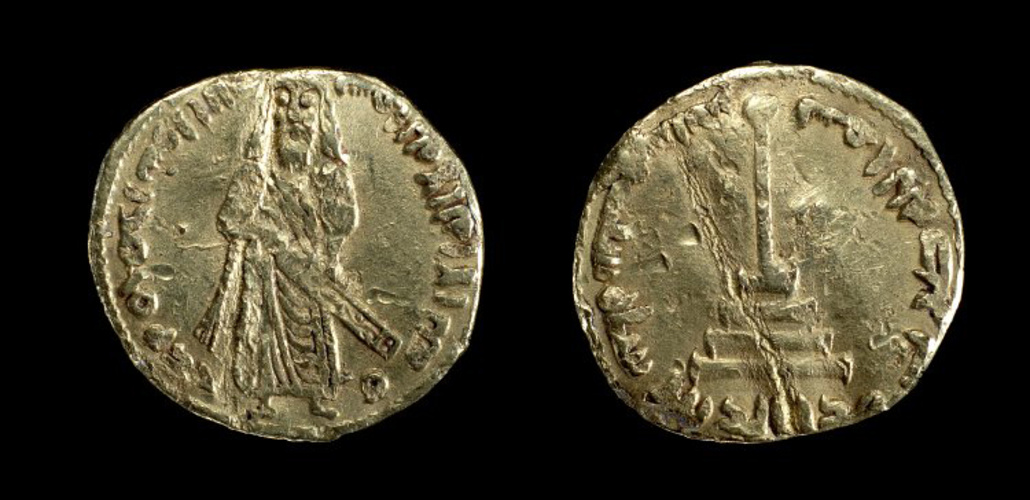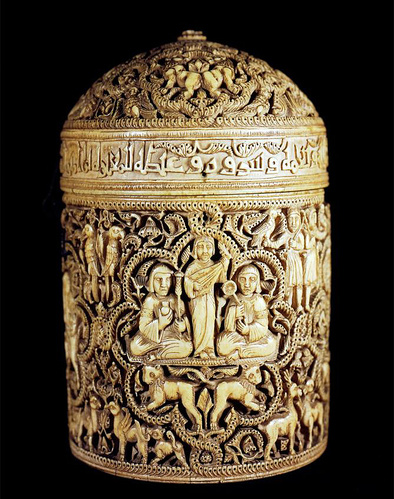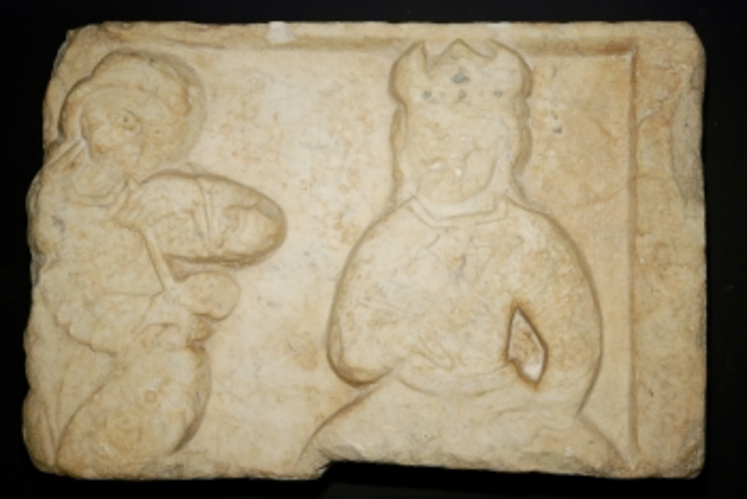The second in a series featuring a Bard Graduate Center seminar. This month the focus is on:
The Material Culture of the Caliphate
This semester, Assistant Professor Abigail Balbale has been teaching “The Material Culture of the Caliphate,” which examines the various ways in which the idea of the caliphate has been interpreted and materialized from the seventh century to the present. The early caliphs presented themselves as successors to the Prophet Muhammad, leading the community he had united both religiously and politically, but rivals contested the idea of the caliphate from the outset. Debates about the parameters of the caliphate have continued, as entities including the so-called “Islamic State” have claimed to return to the earliest Islamic periods even as they depart radically from historical attitudes. The seminar focuses on the objects and motifs that appear and reappear at moments when rulers in the Islamic world seek to claim broader religious legitimacy, from the swords of the Prophet Muhammad to the Qur’an codices sponsored by early caliphs.
“The Material Culture of the Caliphate” is part of an innovative new program of webinars in Islamic Material Culture, created by Bard Graduate Center, the Universities of Hamburg and Bonn, and Ludwig-Maximilians-Universität in Munich. Thanks to this initiative, Bard Graduate Center students and Professor Balbale were joined online by scholars and doctoral students from France, Germany, Egypt, Qatar, and Saudi Arabia, each of whom added his or her unique expertise in particular aspects of Islamic history, art, literature and culture, immeasurably enriching class discussions.
For their final projects, most Bard Graduate Center students are using digital tools to map the spread of technologies, materials, and motifs through the Islamic world, both curating a digital collection of objects across time and space and writing thematic essays that explore these objects’ relation to the broader material culture of the caliphate.
The class hopes to put these digital projects online for the benefit of other students and scholars, and we envision future classes adding their own projects. Our hope is to create a growing archive of research that explores the relationship between spiritual and temporal authority through the material culture of the Islamic world.
—Professor Abigail Babale



